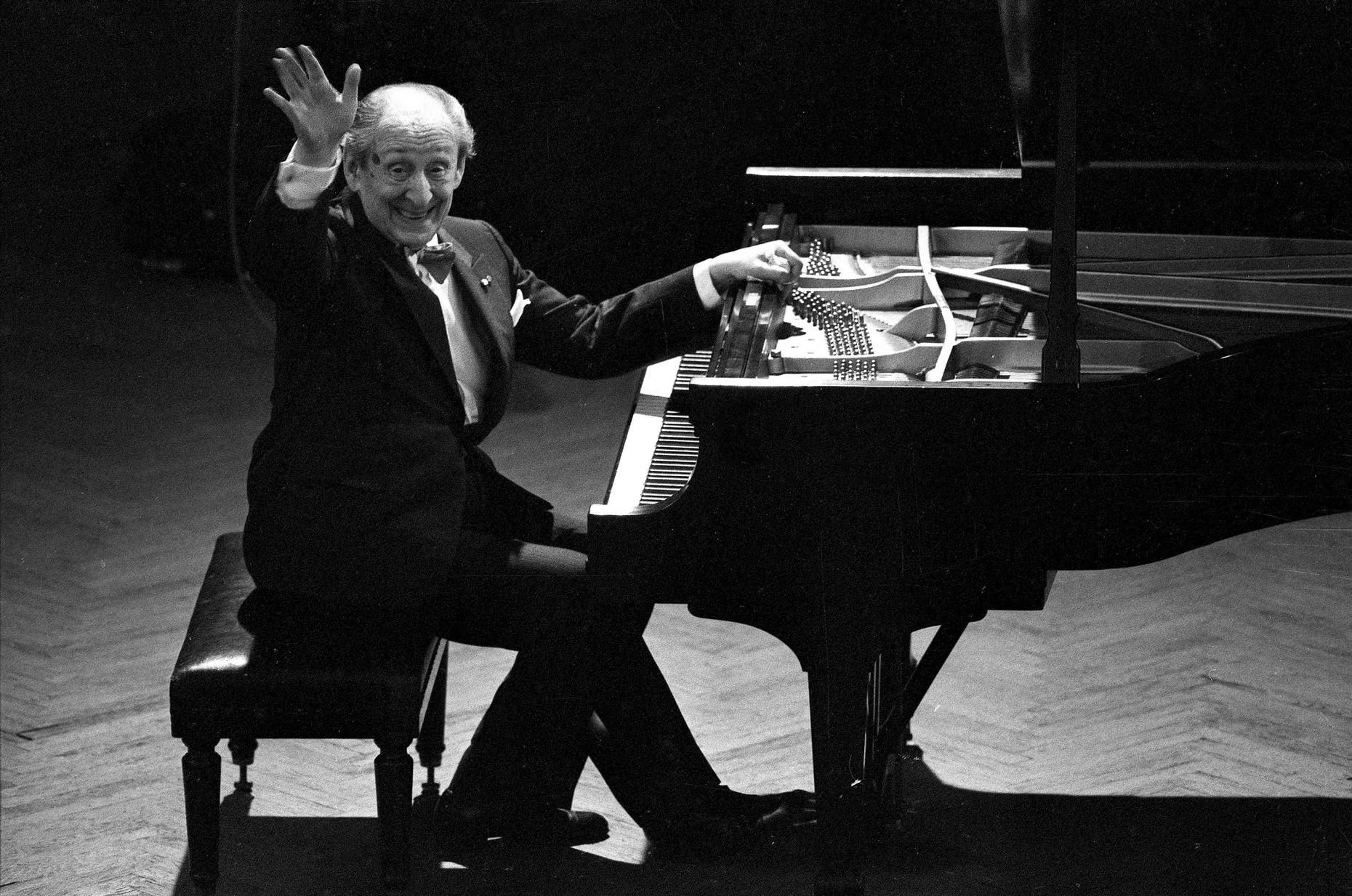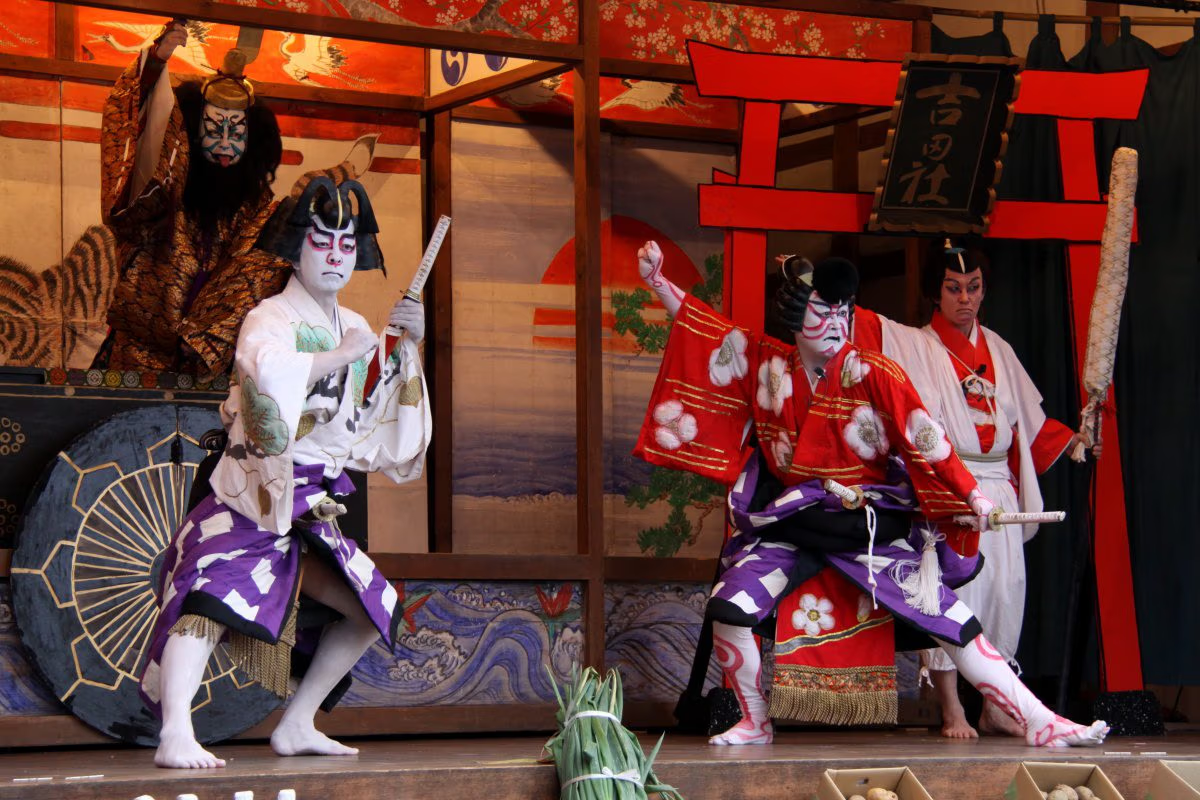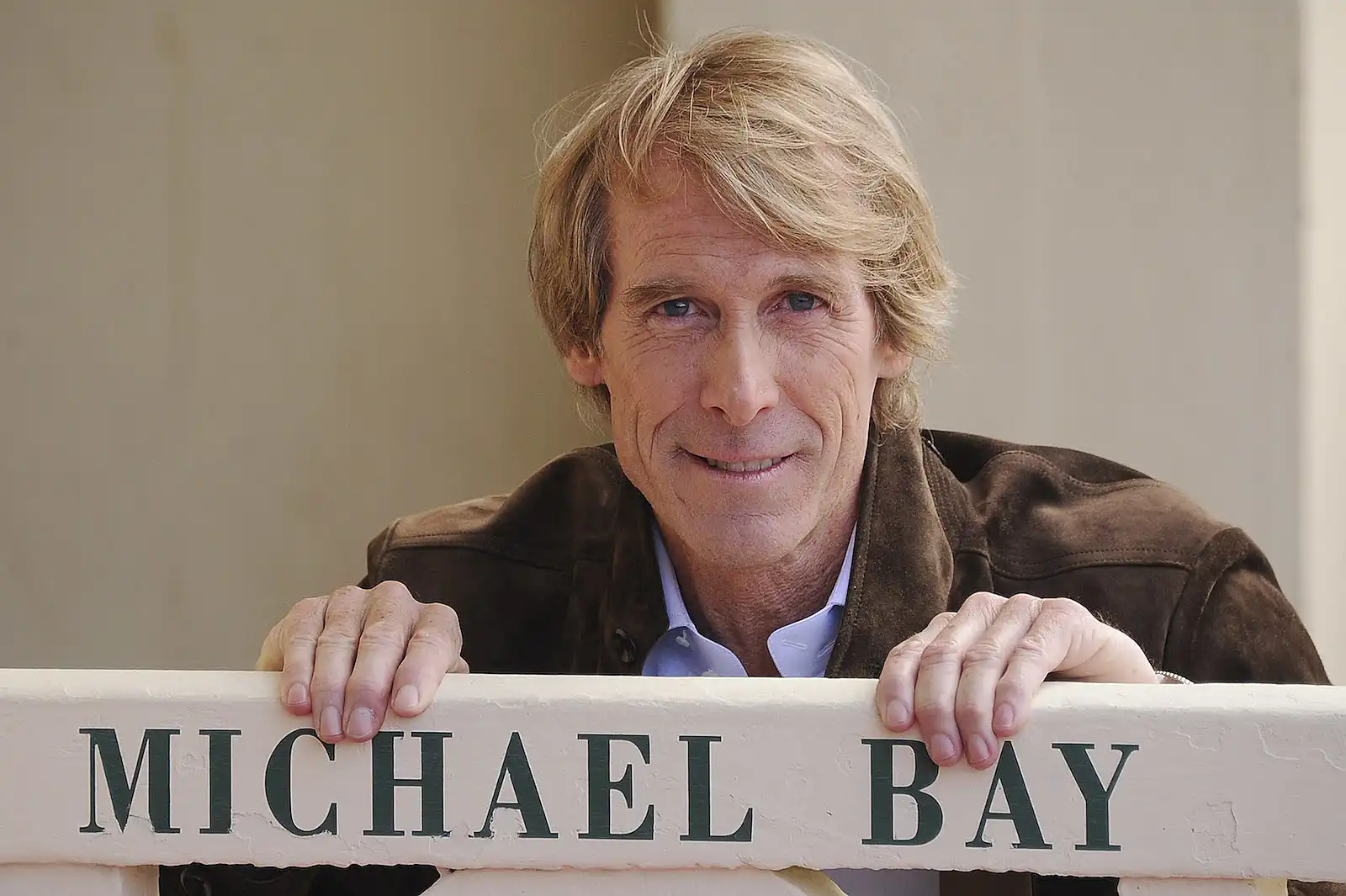Shohei Ohtani, one of baseball’s biggest superstars, recently reminded us that even the greatest performers in the world experience stage fright.
Despite being a two-time MVP and signing a historic $700 million contract with the Los Angeles Dodgers, he admitted feeling nervous before stepping onto the field at Tokyo Dome.
For many, it was shocking to hear that someone at the pinnacle of his career still battles performance anxiety. But for those who have ever felt their heart race before a big presentation, competition, or performance, it was a deeply relatable moment.
Ohtani’s experience shows us that nerves don’t discriminate. Whether you’re an athlete, speaker, or performer, the pressure of expectation can trigger anxiety. The key is learning how to manage it—not eliminate it.

What We Can Learn
Let’s break down what Ohtani’s story teaches us about overcoming stage fright and how you can apply the same lessons to your own high-pressure moments.
The Weight of Performing at Home
Ohtani’s nerves weren’t just about the game; they were about performing in front of his home country.
After the Dodgers’ 4-1 victory against the Cubs, he admitted:
“I was actually pretty nervous.”
His manager, Dave Roberts, was just as surprised.
“I don’t think I’ve ever seen Shohei nervous… but I noticed how emotional he got during the Japanese national anthem. That was very telling.”
This wasn’t just another game. It was a moment of cultural significance, with millions of fans watching and hoping for their hero to shine.
The same applies to public speaking—the closer the audience is to you (friends, family, or colleagues), the higher the stakes feel. The fear of disappointing those who know you best often amplifies the pressure.
The Power of Silence
One unique aspect of Ohtani’s performance was the silence of the Tokyo Dome crowd.
Imagine 42,000 people holding their breath, waiting for you to succeed.
Not cheering. Not booing. Just watching.
This level of focused anticipation can feel overwhelming.
The silent, intense focus Ohtani faced at Tokyo Dome isn’t unique to baseball—foreign jazz musicians at Tokyo’s Blue Note have also been spooked by Japan’s ultra-quiet audiences. Unlike Western crowds, where background noise is common, this reverent silence magnifies every note—and every mistake.
It’s the same reason public speakers often feel their nerves spike when a room falls silent before they begin speaking.
The Digital Spotlight
Ohtani’s nerves weren’t just about the fans in the stadium. In today’s world, every performance is recorded, analyzed, and scrutinized online.
Athletes, just like speakers and performers, face constant digital evaluation. Comments, replays, and memes can magnify performance anxiety, making people fear every small mistake.
The lesson? You can’t control what people say after your performance—but you can control how you prepare and how you respond to the pressure.
Applying Ohtani’s Mental Toughness to Public Speaking
1. Accept That Nerves Are Normal
If Ohtani can feel nervous before stepping onto the field, you can feel nervous before stepping onto a stage. The goal isn’t to eliminate fear—it’s to learn how to work with it.
Try this:
Instead of thinking, “I hope I don’t feel nervous,” reframe it to,
“I expect to feel nervous, and that’s okay.”
Acknowledge your nerves, then shift your focus to your preparation and execution.
2. Manage Expectations (Yours & Others’)
Ohtani felt the pressure of a nation’s expectations. Similarly, public speakers often feel the weight of what their audience expects from them.
Try this:
Instead of aiming for perfection, aim to connect with your audience.
Accept that some moments may not go as planned—and that’s completely fine. The best speakers adapt and move forward.
3. Train for the Moment
Ohtani may have been nervous, but he still delivered a standout performance, securing two hits and scoring twice.
His success came from consistent training and preparation—something every speaker and performer can apply.
Try this:
Rehearse under pressure: Practice in front of small groups to simulate a live audience.
Use visualization: Picture yourself succeeding before you step onto the stage.
Adopt a pre-performance routine: Just like athletes have warm-ups, develop a ritual that helps you get into the right mindset.
4. Embrace the Silence
Remember the Tokyo Dome silence? Instead of being intimidated by silence during your speech, use it to your advantage.
Try this:
Pause intentionally. Let your words sink in before rushing to fill the space.
Breathe. Use the silence as a moment to reset and refocus.
5. Control What You Can, Let Go of the Rest
Ohtani couldn’t control how fans reacted or what the media said—he could only control how he played.
The same goes for public speaking. You can’t control how every audience member perceives you, but you can control your preparation, delivery, and mindset.
Final Takeaway
Shohei Ohtani’s Tokyo Dome experience is proof that even the best performers feel fear—but they don’t let it stop them.
If you’ve ever felt speech fright, you’re in great company.
The key is not to chase fearlessness, but fear management.
So next time you step onto a stage, remember Ohtani’s lesson:
You don’t have to be fearless to perform well.
You just need to show up, embrace the pressure, and trust your preparation.
What Do You Think?
Have you ever experienced stage fright before a big moment?
How did you handle it? Let’s discuss in the comments!
FAQ
Q1. How did Shohei Ohtani’s nervousness manifest during the Tokyo game? Ohtani admitted to feeling nervous, particularly during the Japanese national anthem. His manager noticed his emotional response, and it took Ohtani several innings to settle his nerves during the game.
Q2. Why do even successful athletes like Ohtani experience performance anxiety? Even star athletes face pressure from intense scrutiny, cultural expectations, and the need to live up to past achievements. The weight of representing their country and performing before home crowds can amplify these feelings.
Q3. How does social media impact an athlete’s performance anxiety? Social media intensifies the pressure on athletes by providing a platform for constant analysis and criticism of their every move, both on and off the field. This digital scrutiny follows them everywhere, blurring the line between on-field and off-field pressure.
Q4. What are some physical symptoms of sports performance anxiety? Athletes experiencing performance anxiety may have a racing heartbeat, disrupted breathing patterns, muscle tension affecting fluid mechanics, and difficulty maintaining focus. These physical symptoms can interfere with their natural abilities and performance.
Q5. How does Japanese sporting culture influence athlete anxiety? Japanese sporting culture emphasizes perfection and flawless execution, creating intense internal pressure for athletes. The respectful silence of crowds, as seen during Ohtani’s at-bats, can heighten an athlete’s self-consciousness and awareness of every movement.























